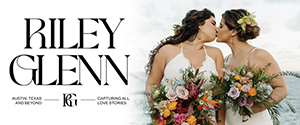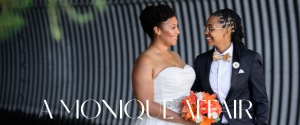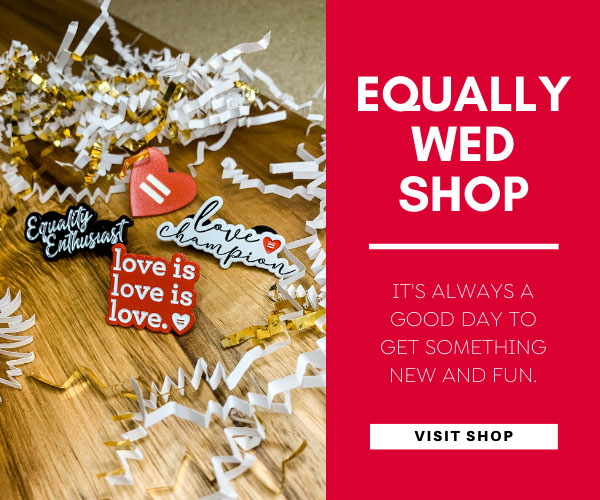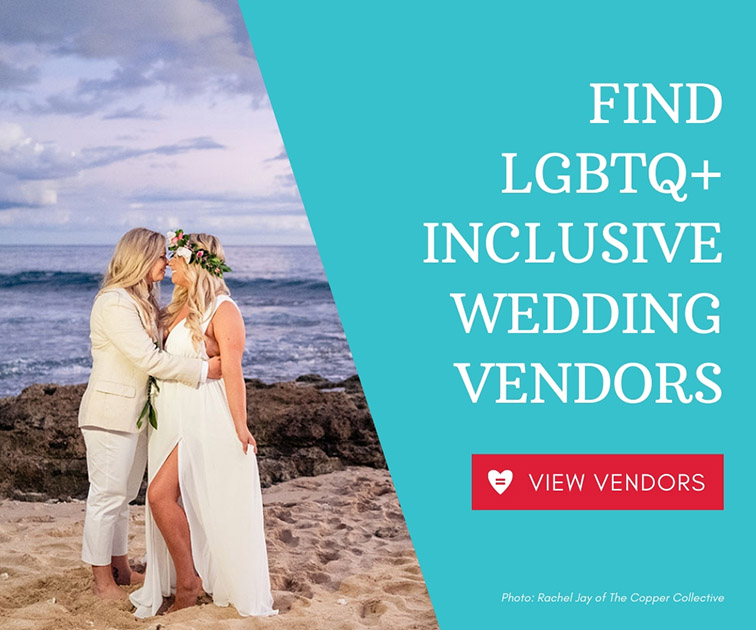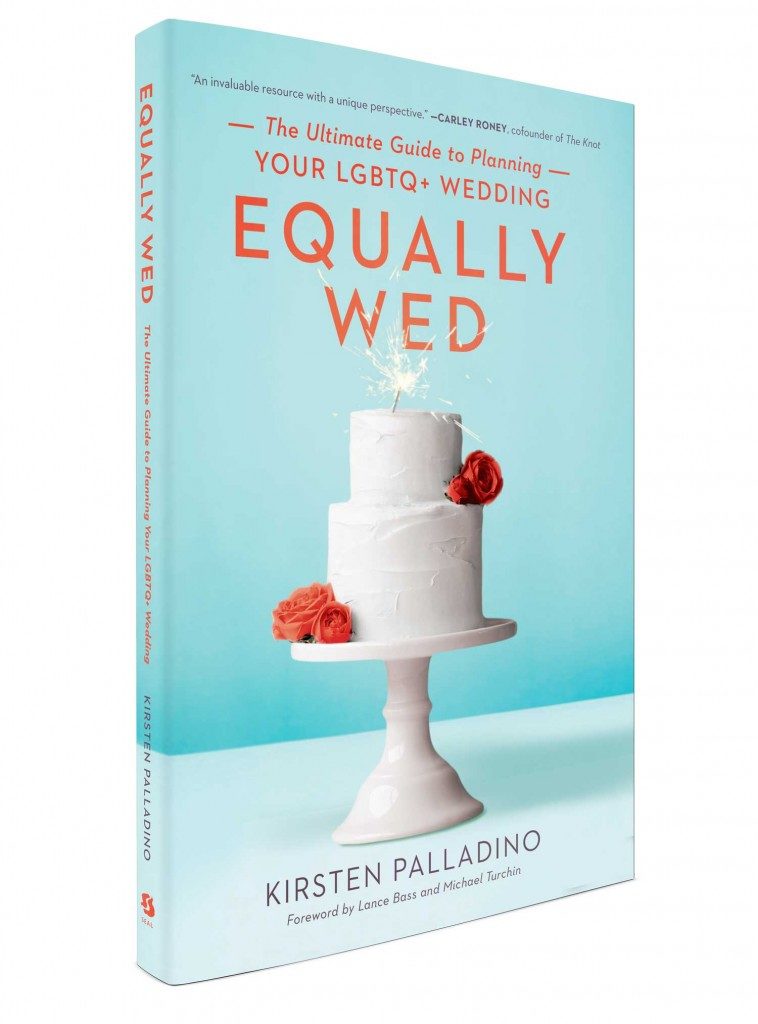The wedding industry is rapidly evolving as personalization takes the lead over the shoulds and should nots of wedding décor, attire and programming. How many times are we hearing that couples are “making their weddings their own”? Over and over. One way in which couples are heading into their weddings is with the understanding that just as society is progressing in its mindset of inclusivity and diversity, so should the wedding industry. With the advent of marriage equality as a federal reality since June 26, 2015, there’s been an exponential increase of LGBTQ+ (lesbian, gay, bisexual, transgender and queer) weddings. (As of June 2017, more than 1 million LGBTQ+ people in the United States are married to someone of the same sex, meaning there have been 547,000 same-sex marriages in the U.S. to date, up from around 491,000 two years ago, according to the Williams Institute for Sexual Orientation Law and Public Policy at the University of California.)
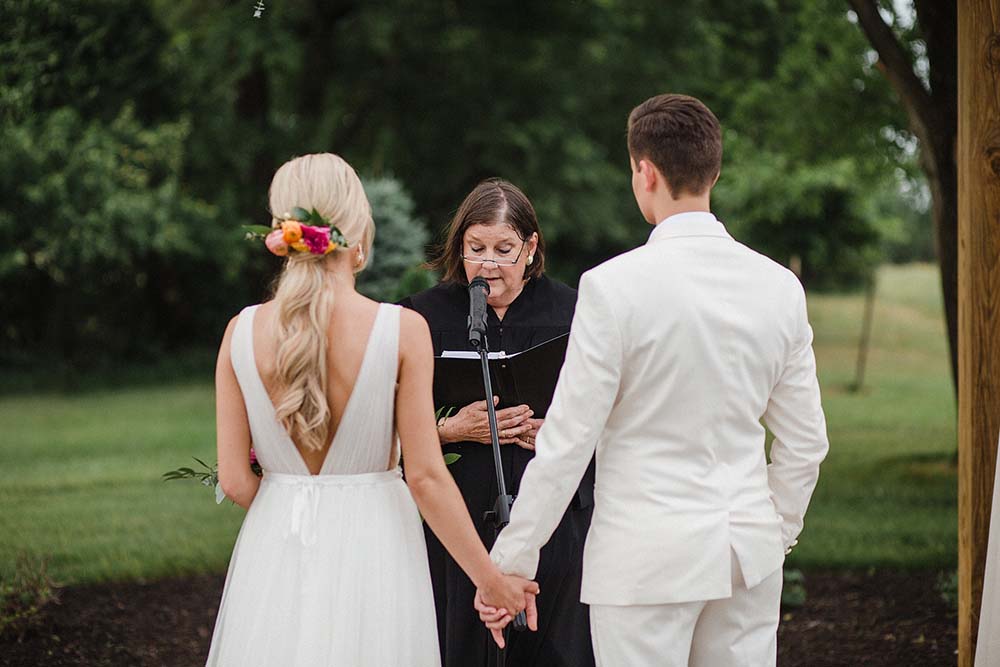
LGBTQ+ couples are looking for wedding professionals who sincerely believe in their right to marriage. It’s not enough to just be OK with gays getting married or seeing the potential for increasing your income. We—I’m LGBTQ+ as well—need to see your authenticity in your support for the LGBTQ+ community. One way you can do this is by being inclusive in your language in your wedding contracts. And while it’s important to consider your current and potential LGBTQ+ clients with your written communication, keep in mind that millennials are by and large proponents of marriage equality and LGBTQ+ rights. Your authentic efforts to be diverse and inclusive with your company’s communications speaks volumes to all of your current and potential clients. They’re paying attention to what you do, say and write, and your actions influence them to want to engage with you—or not. Every stage of your interaction with clients has the potential of propelling your relationship forward or for falling apart. One of these stages is reviewing and signing the contract. It’s important to create an inclusive wedding contract that embraces all couples.
It’s not enough to just be OK with gays getting married or seeing the potential for increasing your income.
All too often, wedding pros put a line for the bride’s name and a line for the groom’s name as the clients. But what if there are two brides and no groom? Two grooms and no bride? A person who identifies as a bride and another who doesn’t identify with either term? Two people who just want to get married but aren’t into those labels, whether they’re too heteronormative (a mindset that heterosexuality is preferred over other sexual orientations, and therefore the standard and considered “normal”) or too restrictive. Within the LGBTQ+ community exists a spectrum of people whose gender is fluid, who don’t identify entirely as a man or entirely a woman, but rather somewhere in between or with no gender at all. Their pronouns might be them/them/theirs if they’re nonbinary, or if they’re genderqueer or gender-nonconforming, they may use she/hers/her or he/him/his or sometimes, their pronouns fluctuate on the day, depending on how they’re feeling. For LGBTQ+ folks who identify as women or men, keep in mind that they don’t always want to be referred to as a bride or a groom, just like they might not embrace being called a lady or a girl or a fella or a guy. Even people who you assume to be male and therefore identify as a groom or female and therefore identify as a bride might not see themselves that way.
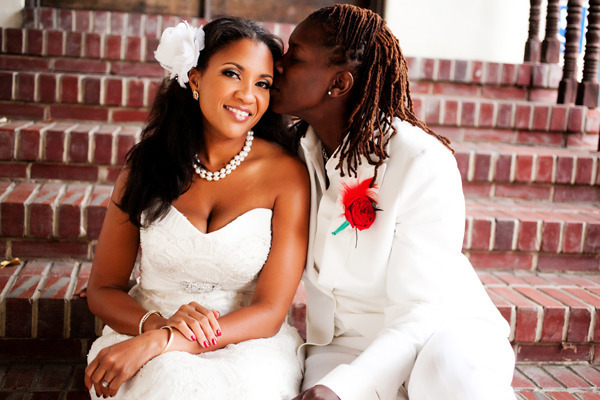
The remedy to this bride/groom, bride/bride, groom/groom conundrum is to remove gender all together. Words like CLIENT 1 and CLIENT 2 and PARTNER 1 and PARTNER 2 are straightforward and take nothing away from your hetero clients, yet show so much love and acceptance to your LGBTQ+ clients as well as make a statement to your hetero clients that you’re a good choice for their LGBTQ+ friends. (Referrals are everything.) If you’re feeling like CLIENT 1 and 2 aren’t honoring the celebration enough—or even the commitment-based term of PARTNER 1 and 2, go for more wedding-related terms, such as CELEBRANT or MARRIER.
Confused? I hope not. But if it’s your first foray into thinking beyond the bride/groom everyone’s-straight perspective, I get it. As I mentioned before, the wedding industry—and society—is changing. It’s OK that you’ve done it how you’ve been doing it up until now. But now we all get the opportunity to change along with society, to embrace a larger group of marrying people.
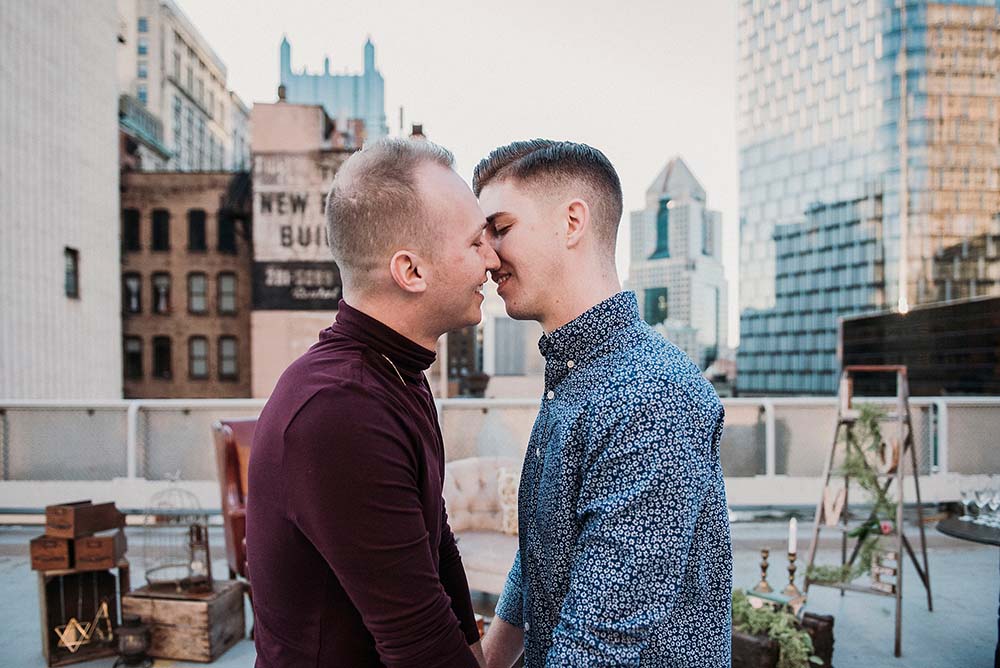
Worried about turning your hetero clients off by the neutral language? Don’t be. The thing is, your girlie-girl brides who are gushing about being the blushing brides could not care less about being named as a bride or a client or a celebrant or a marrier or a partner in your contract. But your clients whose very existence is challenged by laws and society every which way they turn notice every time they’re acknowledged, thereby accepted, understood and dare we say celebrated? Which is good because you’re in the business of celebrations. And now you know how to celebrate everyone equally—even in a business contract!
Final tip: Don’t forget to use that find and replace. Kick out all the references to bride(s) and groom(s) throughout your wedding contracts and replace them with the inclusive term of your choice.




